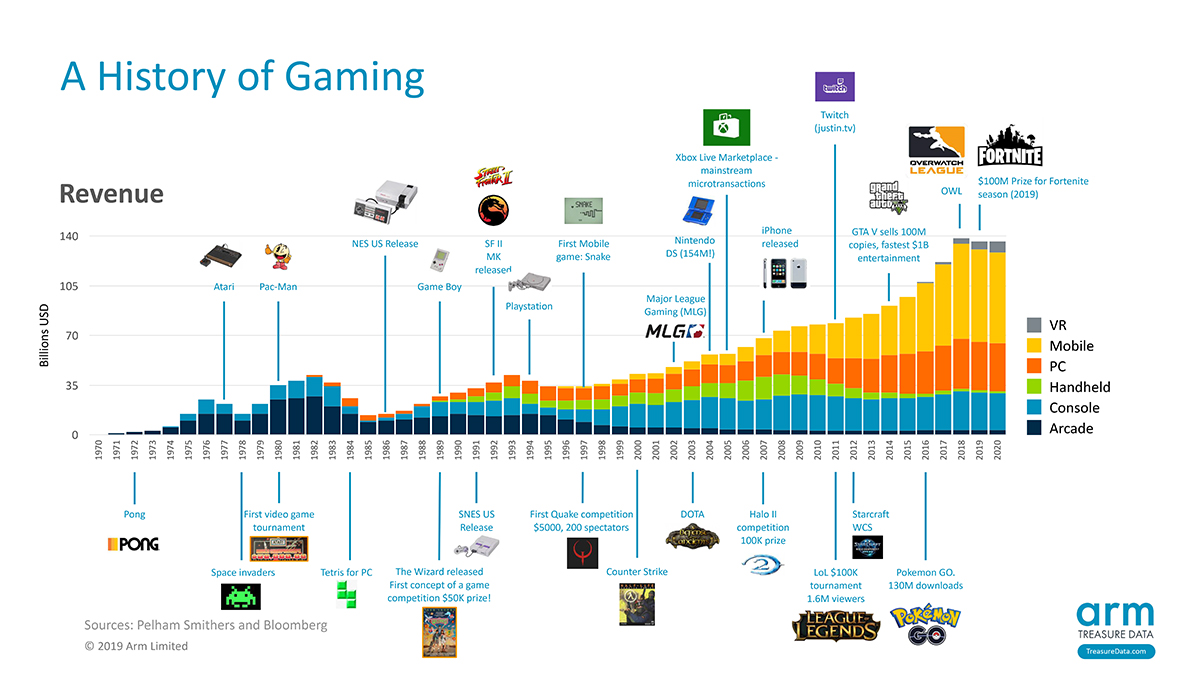The Evolution Of Online Gaming: A Journey Through Seven Years
The Evolution of Online Gaming: A Journey Through Seven Years
Related Articles: The Evolution of Online Gaming: A Journey Through Seven Years
Introduction
With enthusiasm, let’s navigate through the intriguing topic related to The Evolution of Online Gaming: A Journey Through Seven Years. Let’s weave interesting information and offer fresh perspectives to the readers.
Table of Content
The Evolution of Online Gaming: A Journey Through Seven Years

The year is 2000. The internet, still in its nascent stages, is slowly but surely transforming the world. In this digital landscape, a new form of entertainment is emerging: online gaming. While the concept of multiplayer gaming existed before, the internet provided a platform for a global community to connect and play together, ushering in a new era of interactive experiences. This exploration delves into the evolution of online gaming during its formative years, analyzing its rapid growth, impact on society, and the key factors that shaped its trajectory.
The Dawn of a New Era: 2000-2001
The early 2000s witnessed the birth of online gaming as we know it. Games like "EverQuest" and "Ultima Online" pioneered the concept of persistent online worlds, allowing players to create characters, explore virtual landscapes, and interact with others in real-time. These games, often described as Massively Multiplayer Online Role-Playing Games (MMORPGs), fostered a sense of community and belonging, drawing players from across the globe into shared adventures.
The rise of broadband internet access further fueled this burgeoning industry. Faster connection speeds enabled smoother gameplay, richer graphics, and more complex environments, paving the way for a new generation of online games.
The Rise of E-Sports: 2002-2003
The competitive spirit of online gaming blossomed during this period. Games like "StarCraft" and "Counter-Strike" gained immense popularity, attracting a dedicated community of competitive players. Tournaments emerged, offering substantial prize pools and drawing large audiences, solidifying the foundation for the burgeoning e-sports industry.
This period also saw the emergence of free-to-play games, a business model that would revolutionize the industry. Games like "League of Legends" and "Dota 2" offered a free entry point, attracting a wider audience and establishing themselves as dominant forces in the online gaming landscape.
The Socialization of Gaming: 2004-2005
The mid-2000s witnessed a shift in online gaming, moving beyond purely competitive experiences to embrace social interaction. Games like "Second Life" and "Habbo Hotel" offered virtual spaces for socializing, creating avatars, and building relationships. This emphasis on social interaction, combined with the rise of social networking platforms like Facebook, further blurred the lines between online and offline life.
Simultaneously, the development of online gaming platforms like Steam and Xbox Live revolutionized the way players accessed and interacted with games. These platforms streamlined the process of purchasing, downloading, and playing games, creating a more accessible and unified experience.
The Mobile Revolution: 2006-2007
The advent of smartphones and tablets marked a turning point in online gaming. Mobile games, initially simple and casual, quickly evolved, offering increasingly complex and immersive experiences.








Closure
Thus, we hope this article has provided valuable insights into The Evolution of Online Gaming: A Journey Through Seven Years. We appreciate your attention to our article. See you in our next article!